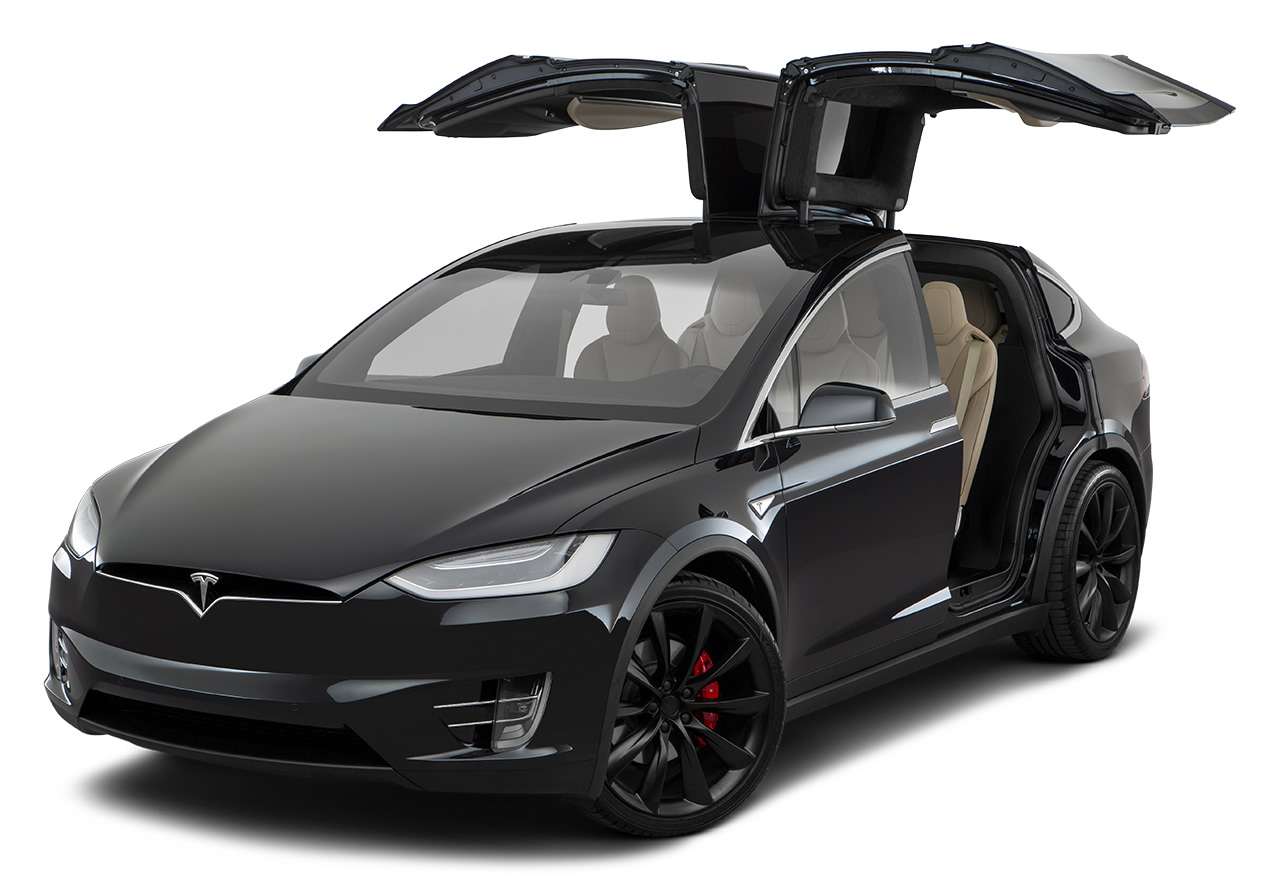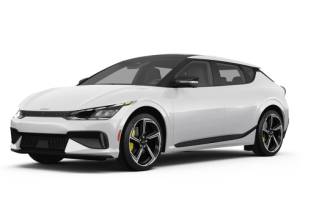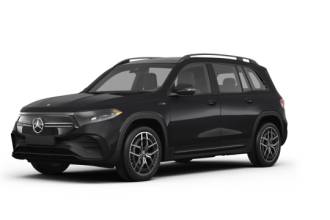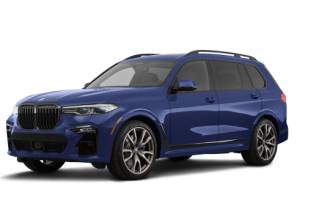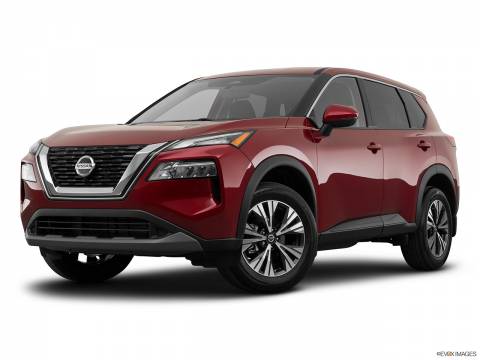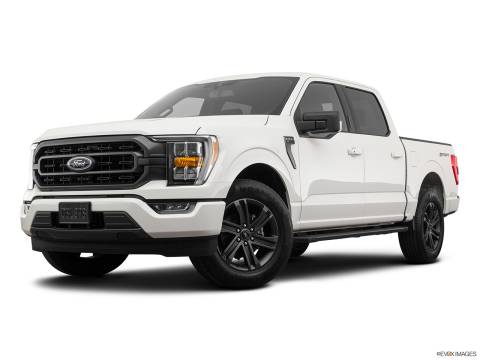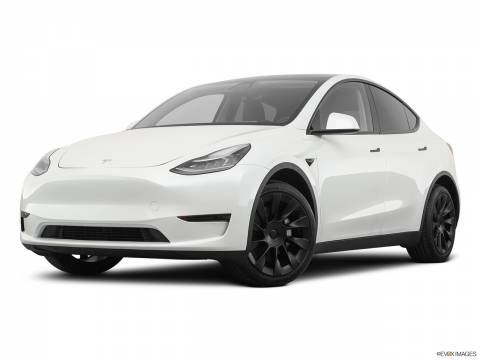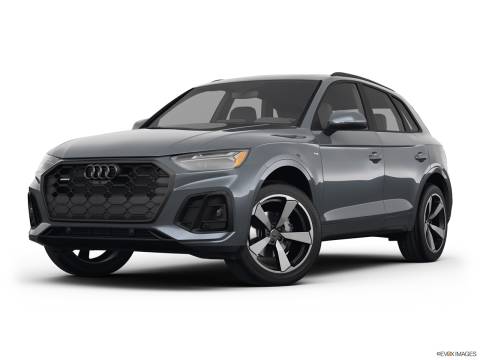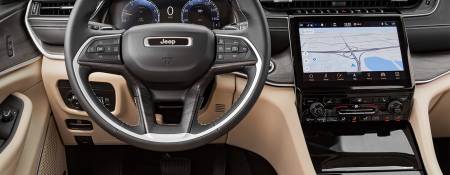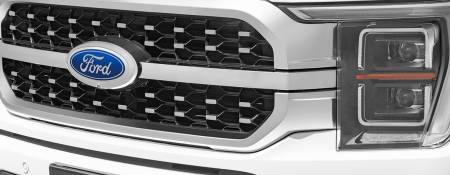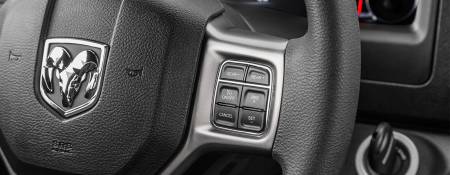The appearance of self-driving cars these years feels like science fiction becoming a reality. In the 1990’s sci-fi movie Total Recall, we see the main protagonist Douglas Quaid (played by Arnold Schwarzenegger) riding autonomous taxis called Johnny Cabs. In the film, it is 2084. That’s quite a few years from today. But we almost have the technology to have our own Johny Cabs. And it is getting better every day.
The First Autonomous Car Ever
The first autonomous car was created few years before Total Recall came out. In 1984, the NavLab project started at Carnegie Mellon University (CMU) Robotics Institute. Its purpose was to use the power of computer vision to navigate without any human supervision. It was funded by Advanced Research Project Agency (ARPA) under the Autonomous Land Vehicle (ALV) program.
Initially, NavLab put its effort into Terregator, a self-navigating robot that could move forward at the speed of few centimeters per second. Based on the experimentation of this technology, the first autonomous vehicle NavLab 1 was created in 1986. It was a Chevy van full of the latest computer vision technology of the time. This first autonomous car could move at 20 mph. By the time the movie Total Recall was released in 1990, Navlab 2, an Army HMMWV, could run at 70 mph on the highways and navigate rough terrains at six mph without human intervention. So NavLab 1 can be considered the “Adam” of the self-driving world.
However, NavLab 1 wasn’t cheap. The time spent and technology used to create the automatic/self-driving mechanism was estimated at $1 million.
Self-Driving Cars Today
While we are now a long way from 1986, the self-driving car topic is getting trendy in tech news and social media every day. Major car manufacturers are scrambling to win the race. The objective of the race: fully autonomous vehicles.
But most self-driving cars today are not entirely autonomous. Companies like Tesla, Google, Audi, Volvo, Uber, and GM are all trying to find solutions to make the cars self-reliant. The competition is hard and everyone wants to hit first. However, the big hurdle might not be the technology. It might be government regulations.
Tesla regularly updates the autopilot system included in all the company models released so far.
For the self-driving cars to use the roads, governments need to pass laws to regulate these vehicles. In the U.S., leading country in the matter, the Department of Transportation’s National Highway Traffic Safety Administration (NHTSA) and Federal Communications Commission (FCC) have to come up with these. It can take years, especially considering the novelty of the technology and its economic and social impact.
However, this hurdle is not stopping any of the big players from taking chances on the self-driving car revolution. Two big players are:
Tesla Motors Inc.
Tesla’s cars are creating the most excitement. The release of “Autopilot” software feature allows Tesla cars to take on the highways. These cars can change lanes and brake automatically. They can also detect open parking space and parallel park on its own. Tesla’s advanced sensors give the autonomous vehicles 360-degree visibility.
The Google Project
Google has invested heavily in the self-driving car technology. Waymo has spun out of Google to concentrate solely on autonomous vehicles. A Waymo car has test-driven a legally blind person around Texas, Austin without any human backup options. Currently, Waymo is trying to find a way to manufacture the vehicles at scale while keeping the costs down. There should be more Waymo cars shortly.
Safety Concerns
Self-driving car has been portrayed as a safer alternative. The following incidents have cast a shadow over the self-driving industry:
2016 Tesla Car Crash
The National Transportation Safety Board looked into the Tesla self-driving car crash of 2016 and considered the company was not at fault. The Tesla car had a collision with a truck and the Tesla driver was killed. According to the report, even though the car provided multiple warnings to the driver, the driver didn’t take control of the vehicle. Tesla advises car members to be ready to take the steering whenever there is a warning from the autopilot system.
2017 Uber Arizona Crash
Uber started a pilot program with self-driving cars. One of its vehicle in Tempe, Arizona collided with a second vehicle that did not yield properly to the Uber vehicle. There was no injury. Still Uber decided to ground "temporarily" its pilot-program pending the outcome of the investigation, which concluded it was the other driver's fault.
From these crashes, it might seem self-driving technology poses a huge risk. But these cars are dependent on deep learning. The availability of more data will help these cars learn faster and remedy these errors. Taking steps like sharing data across different companies, allowing more self-driving cars to roam and collect data, and creating more transparency into the technology can help alleviate some of the safety concerns.
Self-driving Cars Predictions?
Self-driving cars will change a lot of things in a short period. Some of the obvious consequences will be:
- Car manufacturers will have to change their business model.
- Insurance companies will have to deal with the changing definition of personal car ownership and the decrease in accidents.
- Repair shops will have less business due to fewer accidents.
- Transportations sectors like trucking, delivery and taxi services will be severely impacted
However, the changes will not happen overnight. Experts in the field disagree on when fully autonomous vehicles will become a reality. Here are some predictions:
2017
Elon Musk, CEO of Tesla, thinks it is imminent. There will be a car driving from LA to New York autonomously this year.
2020 - 2021
Toyota, Ford, BMW, Nissan, and Lyft are aiming for these years as the self-driving boom period.
2026 and Beyond
Advanced vehicles with no manual controls, self-driving trucks, and self-reliant operations under all conditions - the next generation of self-driving technology will take place in this era.
Hybrid Driving Mode Approach?
We are still a few years away from fully self-reliant cars. In the near future, the hybrid driving mode approach like Cadillac Super Cruise™ will probably dominate the market. The car will drive itself, but the driver will have to remain vigilant at all times.
It’s Just the Future
Considering the time and money invested, self-driving cars are definitely our future. The previous generations dreamt robot cars picking people up and dropping them off. We saw their dreams in the sci-fi movies they made and the stories they told. And that’s what is about to happen in the future.



